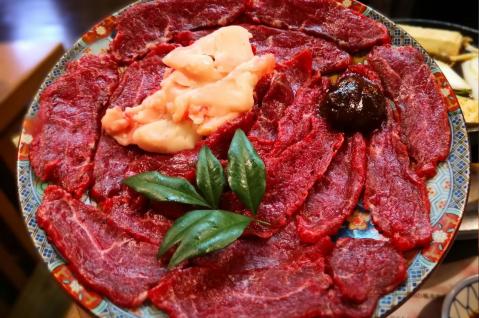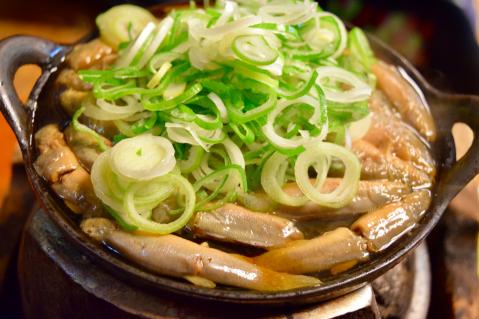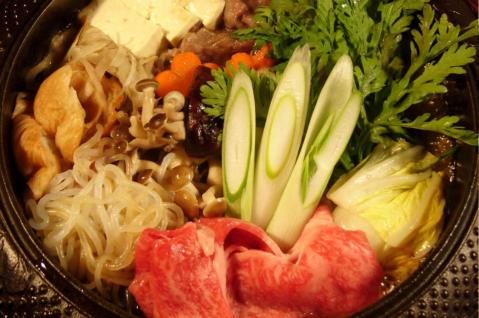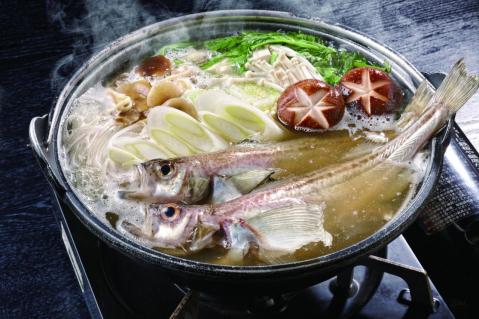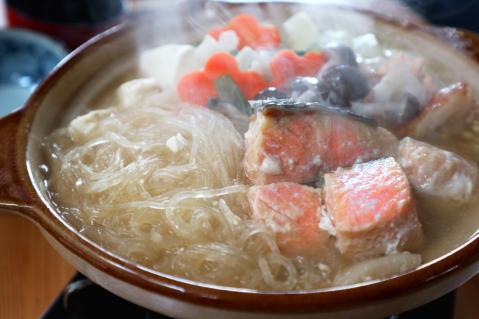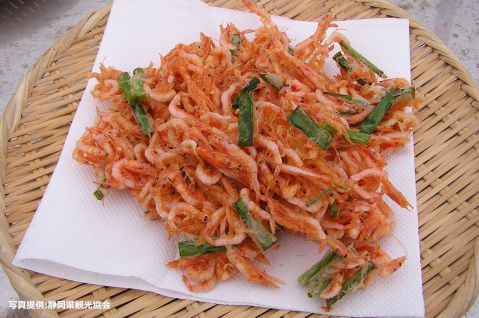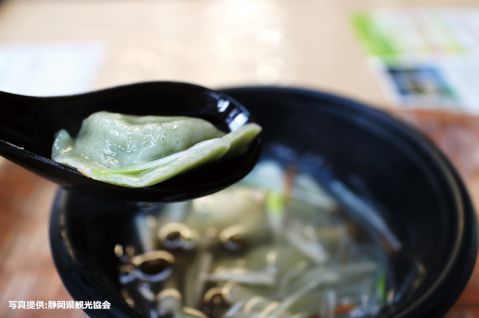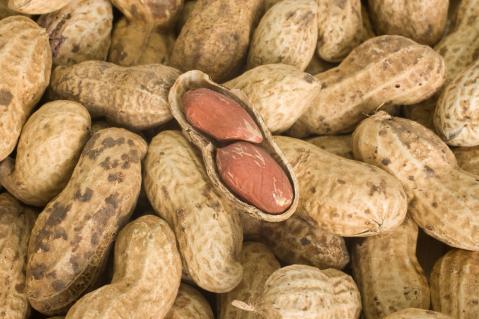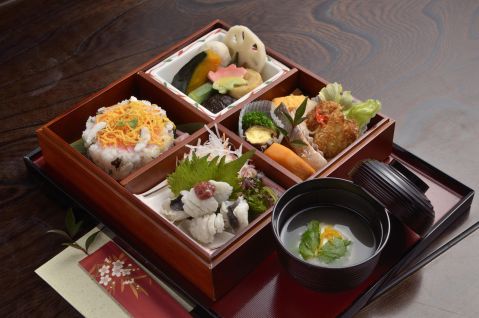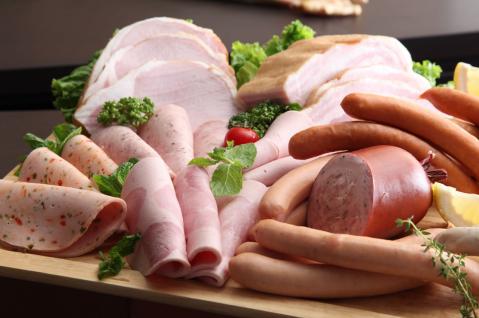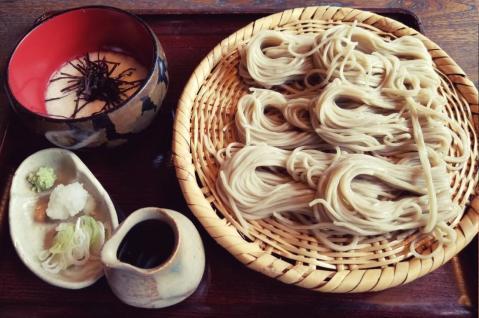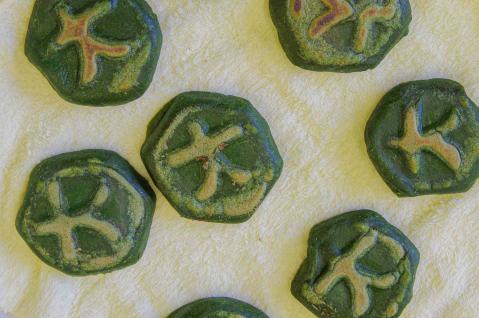Japanese Cuisine - Nabe dish
Cooking Classes in Japan
airKitchen allows travelers from all around the world to book and experience authentic cooking classes. Chose your best cooking class from 1000+ classes.
Sakura Nabe
Sakura Nabe (桜鍋, Sakura nabe) is a traditional dish hailing from the downtown neighborhoods of Tokyo, with a history that dates back to the Meiji era. The term "sakura meat...
Dozeu (Dojo) Hot Pot
Dozeu (Dojo) Hot Pot (どじょう鍋) is a traditional dish from the Edo period with over 200 years of history. There are several variations of this dish, such as Yanagawa-Nabe, ...
Negima Hot Pot
Negima Hot Pot (ねぎま鍋, negima nabe) is a traditional dish from the Edo period that combines green onions and tuna, simmered in a sukiyaki-style broth made with soy sauce, sak...
Koshigaya Duck and Green Onion Hot Pot
The Koshigaya Duck and Green Onion Hot Pot (こしがや鴨ネギ鍋, Koshigaya Kamo Negi Nabe) is a beloved winter specialty of Koshigaya City in Saitama Prefecture. This flavorful hot...
Yonezawa Beef
Yonezawa Beef (米沢牛, Yonezawa gyu) is a renowned wagyu variety nurtured in the Okitama region of Yamagata Prefecture. As one of Japan's top three wagyu brands, it boasts a ric...
Kazuno Horumon
Kazuno Horumon (鹿角ホルモン), a specialty of Kazuno City in Akita Prefecture, is a dish featuring pork and beef offal marinated in a sweet and savory miso-based sauce. This uni...
Shottsuru Hot Pot
Shottsuru Hot Pot (しょっつる鍋, Shottsuru nabe) is made with Shottsuru, a traditional seasoning from Akita Prefecture. This unique fish sauce is created through the fermentatio...
Senbei-Jiru
Senbei-Jiru (せんべい汁, Senbei-Jiru) is a beloved traditional dish from Aomori Prefecture, especially well-known in Hachinohe City. This hearty soup features a unique type of N...
Ishikari Nabe
Ishikari Nabe (石狩鍋) is a traditional hot pot dish from Hokkaido, featuring salmon as the star ingredient, seasoned with a rich miso base. This comforting dish combines sal...
Kind of food
Recommended
-
![Sakura Shrimp]()
Sakura Shrimp
Shizuoka / >Local cuisine -
![Susono Water Dumplings]()
Susono Water Dumplings
Shizuoka / >Local cuisine -
![Chiba Peanuts]()
Chiba Peanuts
Chiba / >Local cuisine -
![Hamo Dishes]()
Hamo Dishes
Oita / >Seafood -
![Towadako Highland Pork "Momobuta"]()
Towadako Highland Pork "Momobuta"
Akita / >Meat dish -
![Togakushi Soba]()
Togakushi Soba
Nagano / >Soba & Udon -
![Matoya Oysters]()
Matoya Oysters
Mie / >Seafood -
![Wakasa Oyaki]()
Wakasa Oyaki
Tottori / >Local cuisine

